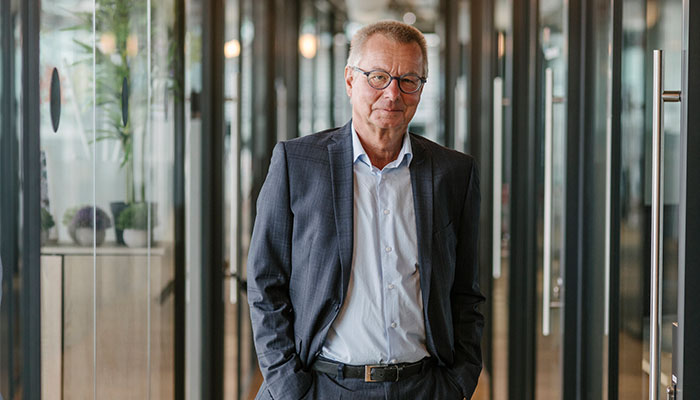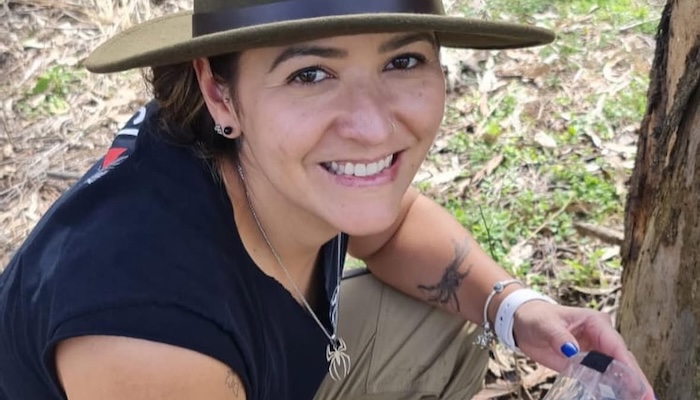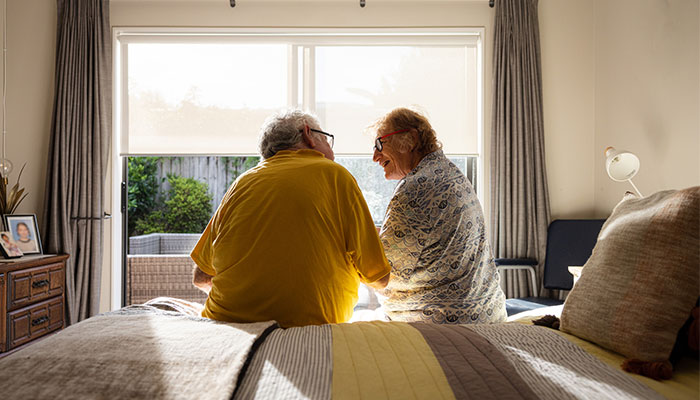At just 44, Joanna was told there was a 90 per cent blockage in one of the arteries in her heart. Her cardiologist took an angiogram to check the cause of the chest pains Joanna had started getting during her daily cycle to work.
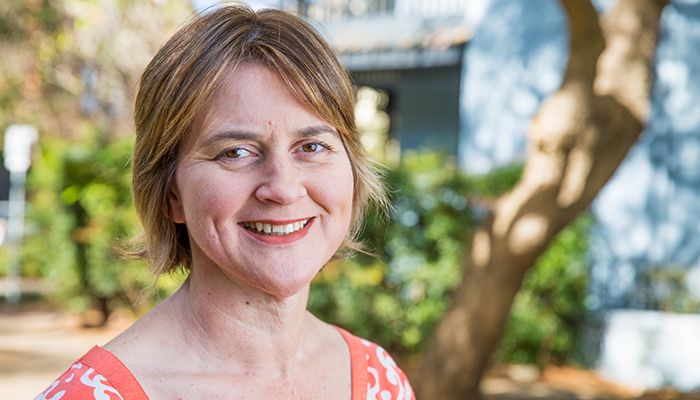
Fast recovery: Joanna was back at work about two months after her heart surgery at Macquarie Hospital using the da Vinci Xi robot.
“My cardiologist said I would need a bypass and they would have to open me up. At that stage I wasn’t sure – did that mean open heart surgery? I was in shock,” says Joanna.
Joanna was referred to Professor Michael Wilson – a pioneer of the off-pump approach to bypass surgery – who suggested she would be ideal for a keyhole coronary bypass operation using the new da Vinci Xi robot. “It allows us to do safe, minimally invasive open-heart surgery through smaller cuts, so you get back to normal function faster,” Wilson explains.
Unlike traditional coronary bypass surgery, where patients must be hooked up to a heart-lung machine, this operation is done while the heart is still beating, minimising the risk of stroke.
“We started very conservatively, just doing single or double vessels to be bypassed at the front of the heart,” says Wilson. “This method was very appropriate for Joanna for reasons of anatomy – she had a single blocked vessel, very close to the back of the sternum.”
He says an added bonus is that the operation leaves far less scarring, with patients often left with just a four-centimetre scar under the breast, and no long sternotomy scar bisecting their chest. Recovery time is also far better, and risks of wound infection substantially reduced.
The chance of having a stroke with a standard operation is somewhere between one and two per cent, but in our hands it's at a fraction of one per cent
Wilson and his colleague, Professor Michael Vallely, had their first cardio-robot experience in 2011 when they worked with Ranny Chipwood in East Carolina, the American pioneer of cardiac robotic surgery.
Their expertise has led to the establishment of Australia’s first site to have a fully-integrated robotic cardio-thoracic surgery program covering coronary grafts, mitral valves and lungs, located at Macquarie University Hospital.
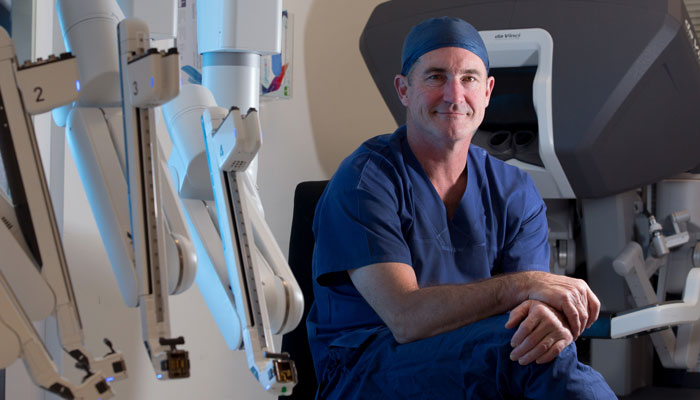
Pioneering surgeon: Professor Michael Wilson is leading minimally invasive, robot heart surgery at Macquarie Hospital.
“We're slowly building a profile here doing mitral valve repairs and now, a hybrid robotic coronary bypass,” he says. Some parts of the coronary bypass operation are still done by hand, he says, but the most invasive section is done by the robot – negating the need to cut through the patient’s breastbone.
“We still sew the anastomosis manually to the front of the heart through a small cut, after using the robot to get the mammary artery down from behind the sternum,” he explains. “At some stage, we will do the whole thing robotically.”
Traditionally, a coronary bypass involves stopping the patient’s heart during the operation. A heart-lung machine then keeps the person alive while surgeons graft a section from the patient’s own blood vessel to divert blood flow around the blocked artery.
- Low-cost weight loss surgery launched for patients in need
- How innovations are transforming breast cancer treatment
“Working at Macquarie and also the Royal Prince Alfred Hospital with Mike Vallely, we pioneered doing the operation with the heart still beating and not handling or touching the aorta,” says Wilson.
“We do this because it reduces the incidence of stroke. The chance of having a stroke with a standard operation is somewhere between one and two per cent, but in our hands it's at a fraction of one per cent.” Robot surgery has been around in Australia since 2010, says Wilson, but the rate of uptake is very different in various specialties.
“Around 90 per cent of prostate surgery is done with the robot,” he says. “They are probably 13 to 15 years ahead of where we are.” Heart surgery is far more complex, particularly when it’s done with the heart still beating, he adds.
Successful results
Joanna recovered quickly from the operation, was home eight days after the surgery and back at work part-time about two months later.
“I could shower the next day and lift my arms up, which is usually very difficult after this kind of surgery.”
Wilson is performing one or more similar operations to Joanna's procedure every week. He says it’s an exciting time in cardiac surgery, as instrument miniaturisation takes hold.
“The heart is a moving organ, presenting huge surgical challenges, but some of the developments on the horizon like ECG gating, where the instruments in the camera are motion-tracking to match the movement of your target, are showing so much potential for future innovation.”

